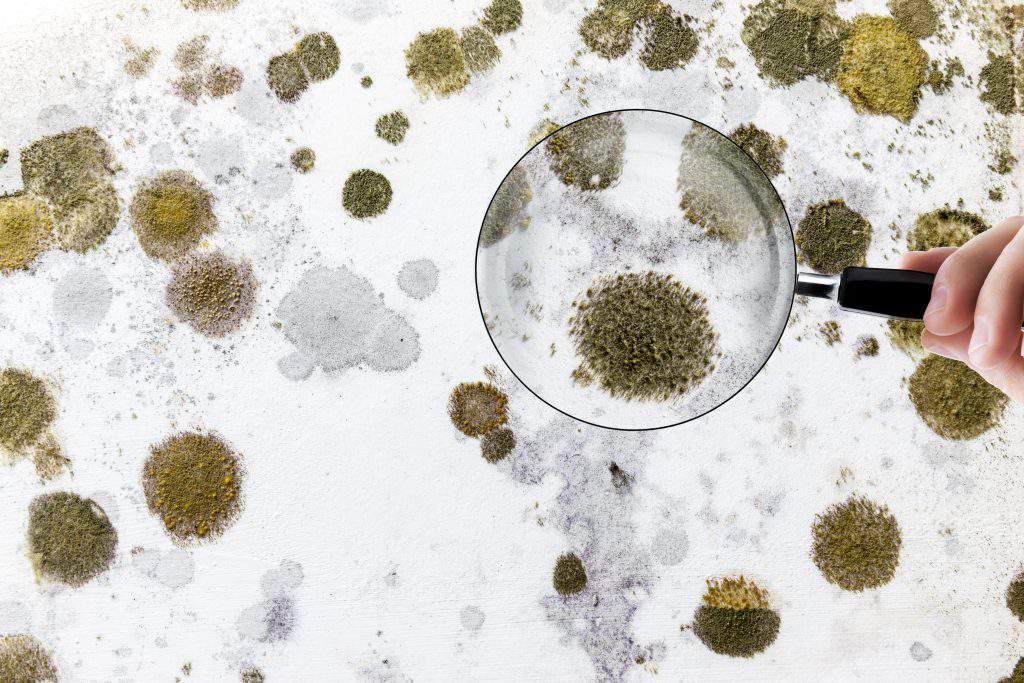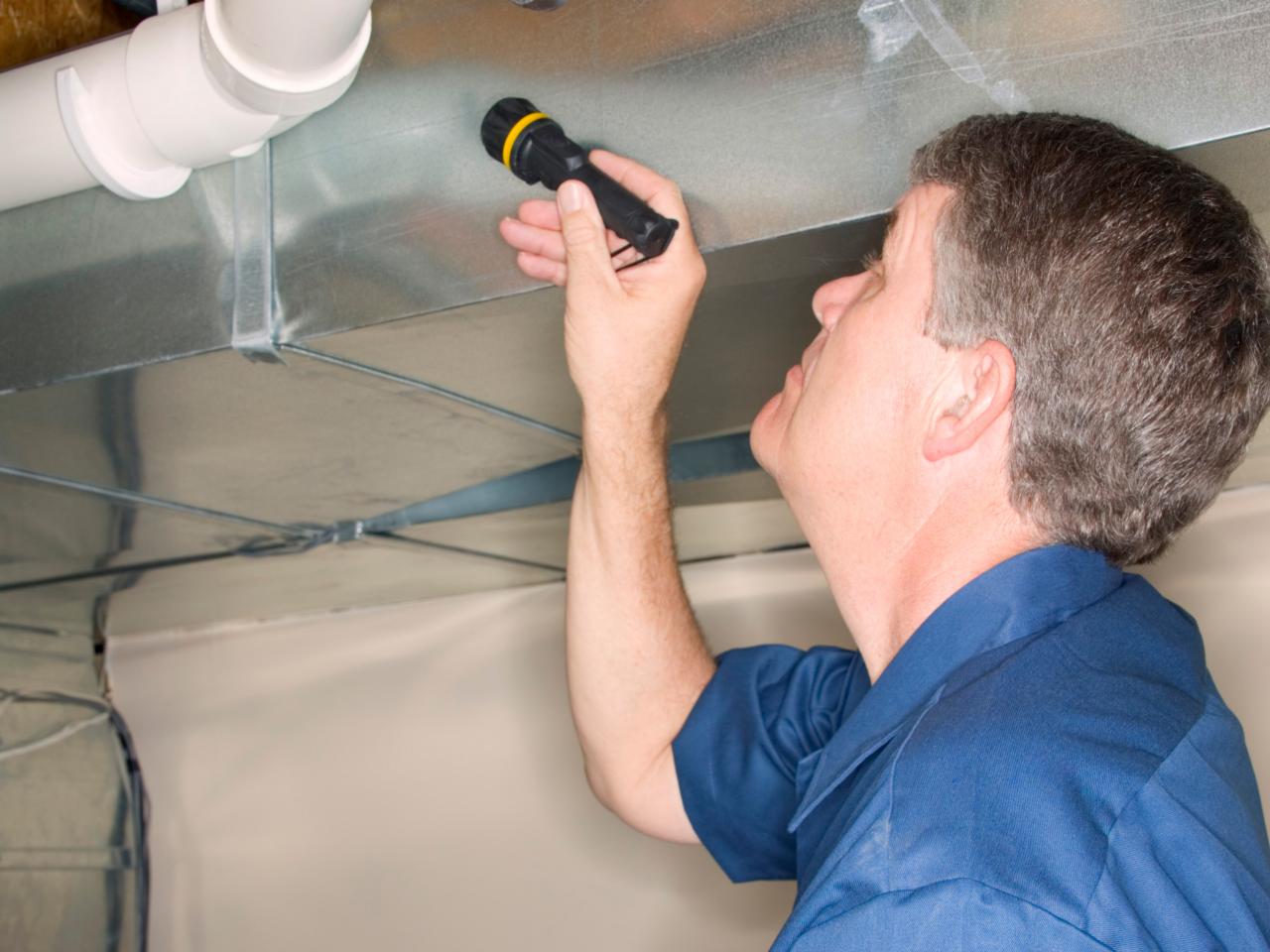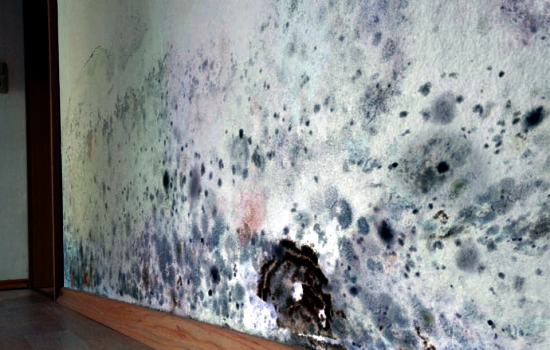Efficient Post Mold Remediation Cleaning Protocols
Efficient Post Mold Remediation Cleaning Protocols
Blog Article
Your Ultimate Overview to Message Mold Remediation Methods
In the aftermath of mold and mildew problem, recognizing exactly how to effectively eliminate the mold and stop its reoccurrence is extremely important for keeping a healthy and balanced interior environment. From selecting the appropriate cleansing and decontaminating techniques to executing techniques for lasting mold and mildew prevention, each step in the removal trip plays a vital function in making certain a successful end result.
Understanding Post-Mold Removal Process
After completing the mold and mildew removal process, it is important to understand the post-mold removal techniques that are necessary to guarantee a effective and extensive clean-up. When the mold has been removed, the next step includes cleansing and sanitizing the affected areas to stop any type of regrowth of mold. This includes using specialized cleaning agents to clean down surfaces and eliminate any kind of staying mold spores. It is crucial to dry out the location entirely to prevent the development of mold in the future (Post Mold Remediation Report). Correct air flow and dehumidification can assist in this procedure.
Moreover, conducting a last examination post-remediation is essential to ensure that all mold has been successfully eliminated. This inspection must involve a complete aesthetic check along with possibly air sampling to confirm the lack of mold spores airborne. Additional removal might be necessary if the evaluation discloses any kind of sticking around mold. Finally, informing passengers on safety nets such as managing wetness degrees and quickly attending to any kind of water leaks can help maintain a mold-free atmosphere.
Reliable Cleaning Up and Decontaminating Methods

Stopping Future Mold And Mildew Growth

Significance of Correct Air Flow
Correct air flow plays a crucial function in stopping wetness build-up, an essential consider mold growth within interior settings. Reliable air flow systems aid remove excess moisture from the air, lowering the chances of mold spores discovering the wetness they need to sprout and spread. Without sufficient ventilation, interior spaces can end up being a reproduction ground for mold, leading to possible health risks and architectural damages.
By making sure correct air circulation, air flow systems can additionally help in drying wet areas quicker after water damages or flooding events, further hindering mold and mildew growth. Post Mold Remediation Report. In rooms like restrooms, attic rooms, kitchen areas, and basements where moisture degrees tend to be higher, setting up and maintaining reliable air flow systems is crucial in avoiding mold and mildew infestations

Tracking and Maintenance Tips
Given the vital duty that correct ventilation plays in avoiding read what he said mold and mildew growth, it is critical to develop effective monitoring and upkeep suggestions to ensure the ongoing performance of ventilation systems. Regular evaluations of ventilation systems must be carried out to examine for any type of signs of clogs, leakages, or malfunctions that can impede appropriate air movement. Monitoring moisture degrees within the home is likewise crucial, as high humidity can add to mold and mildew development. Installing a hygrometer can aid track humidity degrees and sharp homeowners to any kind of spikes that might call for attention. In addition, making certain that air filters are consistently cleaned or replaced is vital for keeping the effectiveness of the air flow system. Implementing a schedule for routine maintenance jobs, such as air duct cleansing and cooling and heating system evaluations, can help stop issues prior to they intensify. By remaining proactive and mindful to the condition of ventilation systems, building owners can efficiently alleviate the risk of mold and mildew regrowth and preserve a healthy and balanced interior atmosphere.
Conclusion
Finally, post-mold remediation techniques are crucial for guaranteeing a clean and find more information safe atmosphere. Understanding the procedure, executing effective cleansing and decontaminating methods, protecting against future mold and mildew development, maintaining appropriate ventilation, and routine surveillance are all vital actions in the removal process. By complying with these standards, you can efficiently eliminate mold and prevent its return, advertising a healthy and balanced living or working area for all occupants.
In the aftermath of mold invasion, understanding just how to efficiently remove the mold and stop its reoccurrence is vital for maintaining a healthy indoor setting. Once the mold has been removed, the next action involves cleansing and sanitizing the impacted areas to avoid any type of regrowth of mold - After mold remediation. After getting rid of noticeable mold and mildew development, it is essential to clean up all surface areas in the affected area to get rid of any kind of continuing to be mold spores. To additionally enhance mold avoidance steps, it is essential to attend to underlying concerns that originally led to mold development.Provided the important duty that proper air flow plays in preventing mold development, it is important to develop reliable tracking and maintenance suggestions to ensure the continued functionality of air flow systems
Report this page